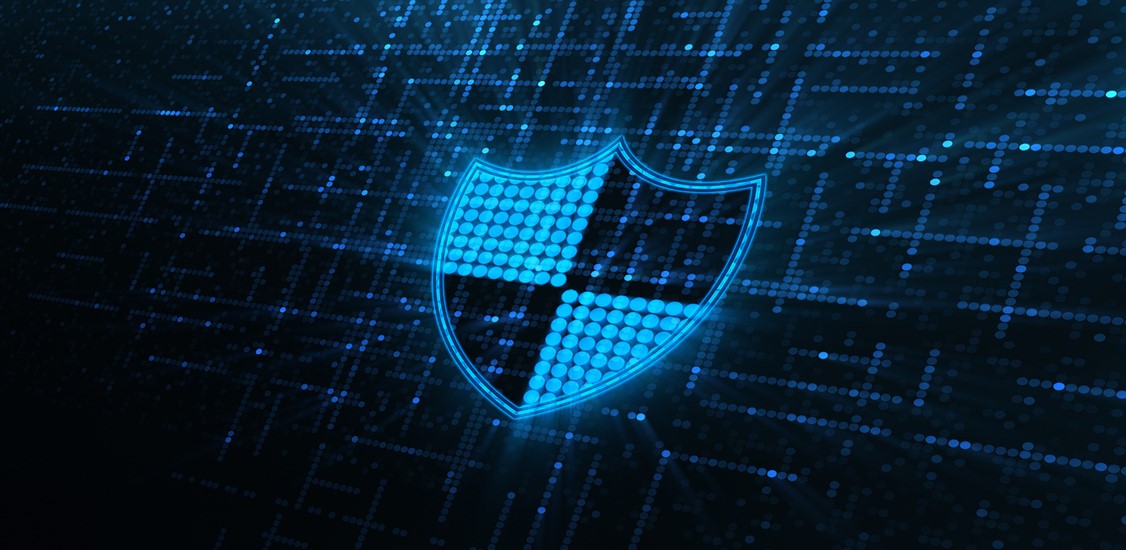The end of 2022 saw a flurry of layoffs and unrest from big tech behemoths such as Meta, Amazon and Twitter. However, I believe the new year will bring a forward-looking mentality from the technology industry and wave of new, exciting innovations that will re-ignite the sector.
#1: Mainstream breakthroughs for AI and machine learnings
In 2023, we are going to see increased awareness of the capabilities of AI and ML, including DALL-E-2, a new AI system that can create realistic images and art from a description in a natural language, and GPT-3, an autoregressive language model that uses deep learning to produce human-like text. We will only see better and more unbelievable progress in this space, as well as how faster AI chips by companies like Qualcomm, Intel, Google and NVIDIA make AI more consumable than ever.
Additionally, running AI at the edge will be critical in the future to solve problems as close to the data being captured and ingested, which cannot be done fast enough when pushed to the central cloud. In 2023 and beyond, the adoption of AI chips embedded inside servers at the edge and related workloads will also increase.
#2: The evolution of cloud computing
Next year, more organisations will use multiple clouds to run their workloads, supporting numerous vendors to run workloads where they are best served. Most organisations have just started adopting cloud migration and cloud-native due to the COVID-19 pandemic, with the demand to work from anywhere catalysing the adoption and proving it works. Additionally, we are seeing edge computing and emerging solutions starting to take shape, and distributed computing and edge computing are becoming real business opportunities at scale. Distributed edge cloud will also become the standard cloud perception and approach. As we trend toward distributed cloud and multi-cloud, zero-trust network access provides better security than ever before, so secure access service edge (SASE) uptake is expected.
#3: Low-code will accelerate application execution speed
The next 12 months will also bring higher adoption of low-code to address new business demands and better time-to-market. During the coronavirus outbreak, a boom in remote software production fueled interest in low-code and no-code programming resources. This growth in low code has been influenced by the increased need for personalised tech applications to aid digitalisation, which has spurred the advent of citizen developers outside of IT. Most low-code and no-code work focuses on developing automation. IT leaders are stressed to significantly accelerate application execution speed and time-to-value due to digital market acceleration.
#4: The rise of quantum computing resistant cryptography
The increased adoption of quantum computing (QC) resistant cryptography will also be a trend next year. It is feared that recent QC advancements can seriously risk current encryption standards we have today, and that in the next one to two years QC will be powerful enough to break almost all security cryptography algorithms used today. It has already been reported that hackers are purposefully stealing highly encrypted data which they cannot decrypt today and storing it as they will be able to decrypt it in the next year and onward using QC.
There is also call from the industry for organisations to start adopting Quantum Computing Resistant Crypto to better protect their data. This means we will see the adoption of new algorithms and ciphers to protect data in ways that cannot be broken by the QC power we have today and in the future.
#5: Confidential computing for better security
Finally, 2023 will bring further adoption of confidential computing as it will become the new minimum in years to come. Today, confidential computing is expensive as only specific CPU models from Intel and AMD support it, and Intel CPUs do not fully support all capabilities. This will change as more and more CPUs will natively support it.
Confidential computing provides encryption of the entire server memory with a security key or each VM memory space with unique security keys. It ensures that memory cannot be read by any process, even by administrators or VM operators, as the system’s memory is encrypted at the hardware level. Confidential computing further secures public cloud shared environments and locks workloads to specific hardware and cloud, meaning even if someone steals a server or a VM, it cannot be used anywhere outside of the original place it was created, which is critical for sensitive data.
As confidential computing requires modern CPUs and chipsets to support this at the silicon level, the more common it is, the cheaper it will be. Intel currently supports memory encryption of the entire server memory but not per VM. This capability in their CPUs will change next year to be on par with AMD.
#6: An exciting year ahead
Every year seems to bring exciting new technological innovations, and 2023 will be no exception. It remains to be seen which technology innovations will shape 2023 and our future, yet I am eagerly looking ahead as the future unfolds, revealing exciting new innovations that we never imagined possible before.




















